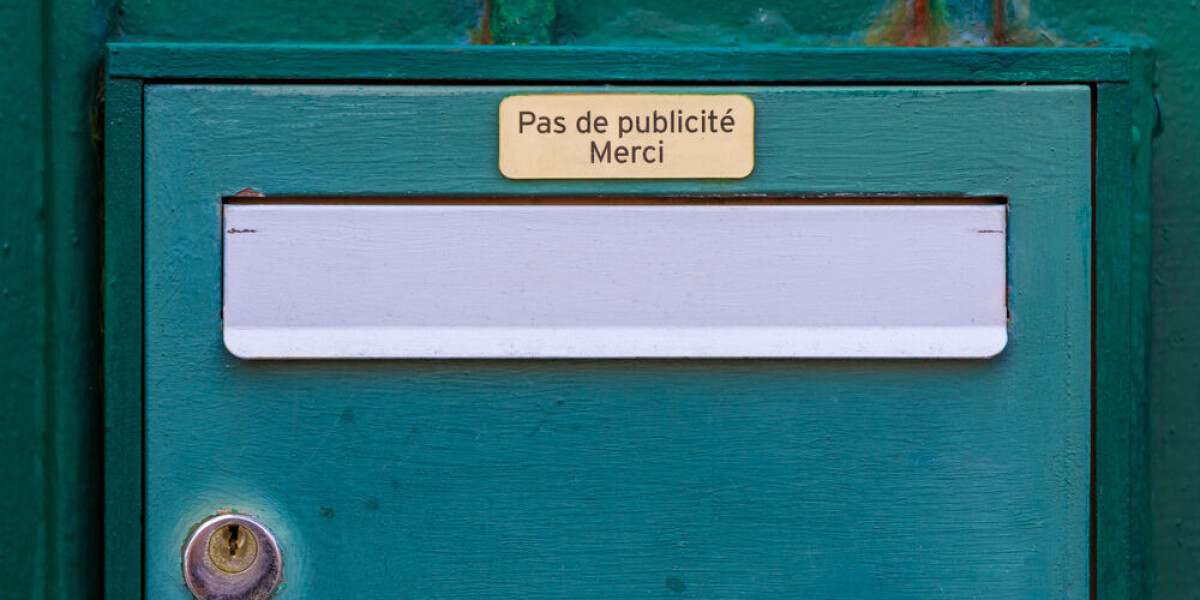
- Select a language for the TTS:
- UK English Female
- UK English Male
- US English Female
- US English Male
- Australian Female
- Australian Male
- Language selected: (auto detect) - EN
Play all audios:
REGULATIONS STATE STANDARDS FOR SIZE, LETTER OPENING, LOCATION, AND LOCK TYPE The installation of letter boxes for private homes in France must comply with certain regulations, particularly
when it comes to dimensions, standardisation, and placement on the property. Letterboxes in France are often separate from the property. They may be at the end of the drive, next to the road
in the front garden space, embedded in a wall next to the door, inside a flat foyer, or similar. In contrast, in countries such as the UK letterboxes are almost always attached to the
property’s front door, accessible only via a letterbox slot, and are not located in separate boxes. WHAT SIZE MUST LETTERBOXES BE IN FRANCE? Postal service La Poste cites regulations from
standardisation association AFNOR dating from July 17, 1979, which state that the mandatory dimensions for a letterbox are: * At least height 26 cm x width 26 cm x depth 34 cm for the
letterbox itself * The slot of the box must also respect regulatory dimensions, which are 23.5 cm wide by 2.4 cm high * The nameplate on the box must be at least 1 cm high by 2.4 cm wide In
addition, the box must be installed at a maximum height of 1.5 metres from the ground. La Poste does state that you can choose a “larger letterbox” as long as the opening and nameplates
comply with the standards above. Larger letterboxes are becoming more common as people shop online more and increasingly receive much larger parcels at home. Read also: French letterboxes
get bigger for the boom in home parcel delivery The postal service has a selection of compliant letterboxes listed on its website, to make it easier for individuals to choose one that meets
the regulations. The prices run from €47.54 to €181.63. WHERE SHOULD LETTERBOXES BE INSTALLED IN FRANCE? Rules state that the letterbox should be installed at the address indicated, “at the
edge of a road open to public traffic”. It must be placed at the entrance to a property and be easily accessible (and safe) for the postal worker to access. It can be positioned on a gate
post, a gate, embedded in a wall or placed on a stake. Ensuring it is “safe” means positioning it away from any dangerous ledges or similar, and away from dogs. In multi-occupancy housing
(such as blocks of flats), letterboxes must be freely accessible or located in secure entrance halls, and accessed using a pass or a secure system. Each property must have its own individual
letterbox, identified with the apartment number. If there are six or more letterboxes needed, the building manager must install a notice board that shows the names of the recipients in
alphabetical order, the number of their letterbox, and the number of their apartment. Read also: Burglaries: Watch out for this sheet of paper in letterbox trick on homes in France Read
more: Plan to make letterbox flyers in France 'opt in' rather than 'opt out' ARE THERE RULES FOR LETTERBOX LOCKS IN FRANCE? Yes; the letterbox opening must be considered
to be secure, and approved to NF D27-404 and NF D27-405 standards on “secure opening for outdoor installations”. The lock must also be approved by La Poste. These locks are known as
“serrures PTT (passe-partout)”. La Poste workers have master keys that can open and close these locks, if they need to deposit letters or parcels that are too large to fit through the
letterbox opening. Read also: Who has a key to get into my home letterbox in France? The La Poste website also offers a selection of compliant locks (and stands if you do not want to or
cannot install your letterbox on existing street or property furniture). In terms of material, the only requirement is that the box is secure against theft. It can be made of wood,
aluminium, galvanised steel, cast iron, sheet metal or stainless steel, and in the colour of your choice.






:max_bytes(150000):strip_icc():focal(511x0:513x2)/guiness-1024-2b4fc4f9a5364b2daf5a14e9291e7408.jpg)

